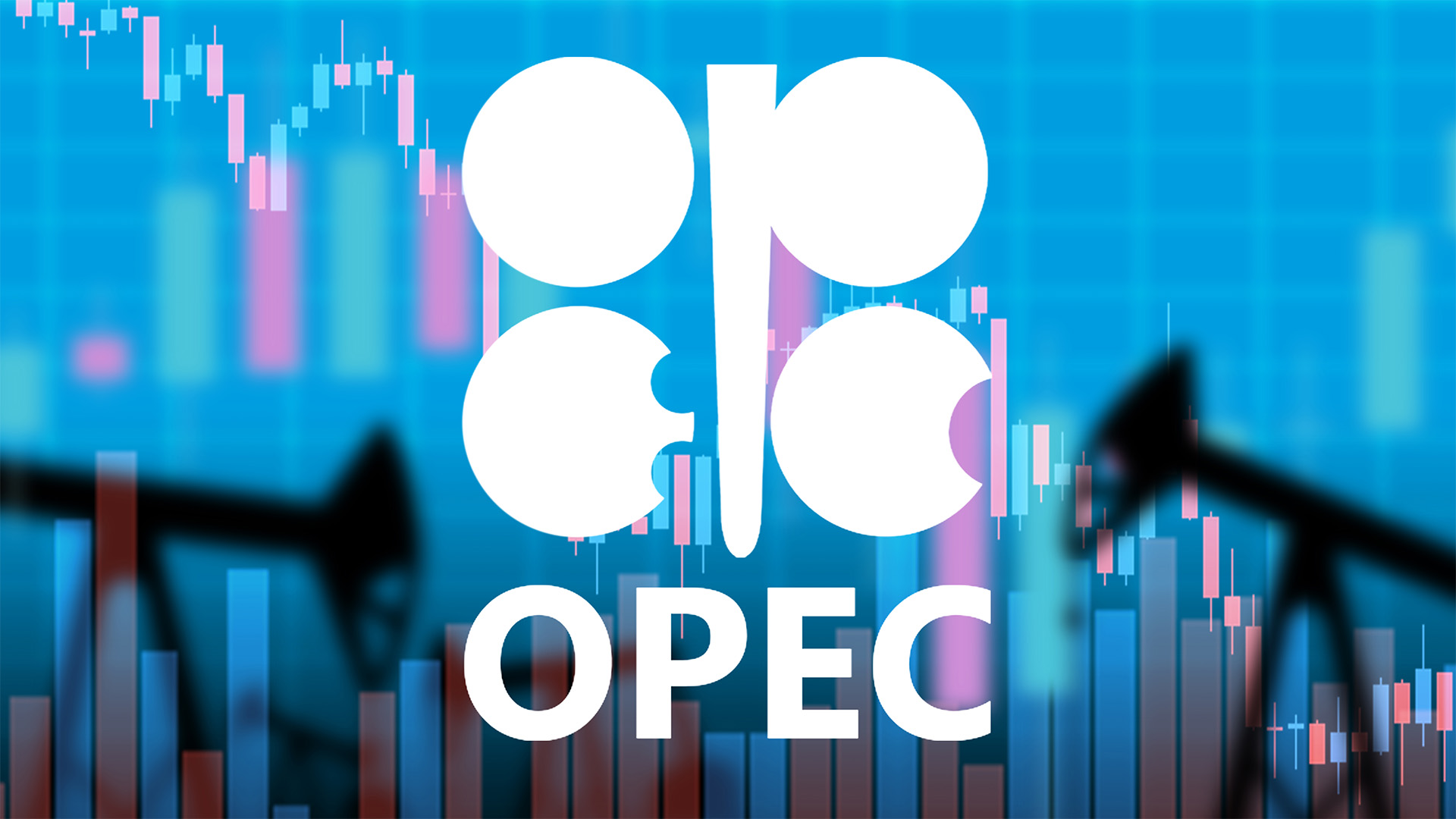Saudi Arabia is poised to lose its position as the top oil producer in the OPEC+ alliance, according to the International Energy Agency (IEA).
As the kingdom's production cuts take effect, coupled with Russia's slowing exports, the oil market is expected to tighten, coinciding with a potential increase in oil prices.
Saudi Arabia, as the de facto leader of the Organization of the Petroleum Exporting Countries (OPEC), has significantly reduced its oil output in recent months.
The production cuts were aimed at supporting low oil prices that have negatively impacted the kingdom's revenue. However, these cuts have been overshadowed by increased output from non-OPEC+ producers like the United States.
Nonetheless, the IEA's monthly market report suggests that rival supply increases are likely to taper off soon. Simultaneously, Saudi Arabia's unilateral production cut, which the country announced it would extend into August, is expected to commence this month. Russian output is also showing signs of decline, albeit at a slower pace.
As a result, the IEA predicts that Saudi Arabia's oil output will reach a two-year low of nine million barrels per day, making it the second-largest producer in the OPEC+ alliance, falling below Russia for the first time since early 2022. These cuts will push Saudi production to its lowest level since 2011, excluding the artificially low levels during the Covid-19 pandemic.
Saudi Arabia's energy minister, Abdulaziz bin Salman, and the country itself have taken on significant risks by bearing the brunt of the supply cuts. The strategy aims to support the kingdom's oil revenue, even at the expense of market share. Analysts estimate that Riyadh requires oil prices around $80 per barrel to balance its state budget and fund large-scale infrastructure projects.
While Russia has also pledged to reduce its oil output, it has been slower in implementing the measures. However, the IEA suggests that this might be changing. Russian oil exports experienced a decline of 600,000 barrels per day in June, reaching the lowest level since March 2021. Nevertheless, it is possible that Russia is keeping production levels steady to cater to domestic consumers while reducing its exports, according to the IEA.
Saudi Arabia's decision to make unilateral cuts followed the failure of cuts made in collaboration with the broader OPEC+ group to have a significant impact on declining oil prices. In April, the group agreed to slash output by approximately 1.6 million barrels per day, adding to a 2-million-barrel-a-day cut in October 2022.
Despite these cuts, U.S. oil output has increased by 610,000 barrels per day since the implementation of the cuts. Additionally, Iran, an OPEC member bound by the group's production targets, has taken advantage of the opportunity to boost its output by 530,000 barrels per day, as noted by the IEA.
As the supply increases from these sources are expected to plateau, the Saudi cuts and Russia's declining oil exports are anticipated to have the desired effect of tightening the market and increasing oil prices. Brent crude, the international oil benchmark, has recently surpassed $80 per barrel for the first time since late April.
The IEA projects that OPEC+ crude demand will exceed the group's supply by 2 million barrels per day this month, with an estimated rise to 3 million barrels per day in August. Meanwhile, oil reserves are dwindling, leaving limited spare barrels to meet the growing demand.
According to the IEA, oil demand is expected to grow by 2.2 million barrels per day this year, reaching 102.1 million barrels per day, and expand further by 1.1 million barrels per day next year. However, the available supplies are projected to lag behind this demand increase, resulting in a 2-million-barrel-per-day deficit this quarter. The IEA expects oil supplies to increase by 1.6 million barrels per day this year, reaching 101.5 million barrels per day, and rise by 1.2 million barrels per day next year.
In a separate monthly market report, OPEC also forecasted oil demand growth of 2.2 million barrels per day for next year, a significantly higher projection than that of the IEA.
The IEA and OPEC have taken divergent views on the long-term outlook for oil demand. While the IEA believes oil demand will peak this decade due to the increased adoption of electric vehicles, OPEC contends that demand will remain strong in the coming years, driven by Asian economies like China and India.














